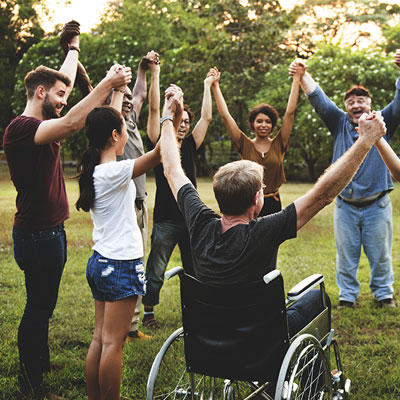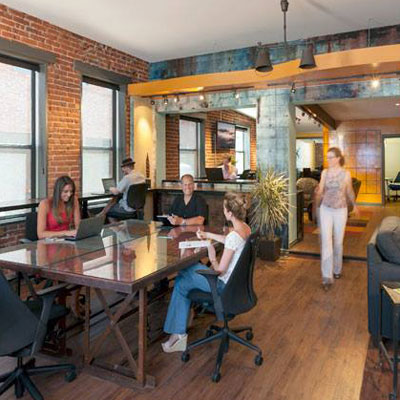 One of the premises of the proposed Riverview Village is that housing will be integrated, with those with a mental illness and those without a mental illness living side by side. This differs from “congregate housing” where everyone in a house or in a building, except for any staff, has a mental illness. It also differs from “scattered site” housing, where someone with a mental illness is in an undifferentiated apartment building or condo building somewhere out there, and socially isolated.
One of the premises of the proposed Riverview Village is that housing will be integrated, with those with a mental illness and those without a mental illness living side by side. This differs from “congregate housing” where everyone in a house or in a building, except for any staff, has a mental illness. It also differs from “scattered site” housing, where someone with a mental illness is in an undifferentiated apartment building or condo building somewhere out there, and socially isolated.
In Riverview Village, on the other hand, no one will be isolated that way. The Village is an intentional community where welcoming each other and getting to know one another – those with a mental illness and those without a mental illness together – is a key part of the community itself or, to put it another way, is a key part of its “intention.” Moreover, those without an illness will have gone through an orientation program on serious mental illness so they’ll better understand the difficulties their neighbour might be going through, any eccentric behaviour, anxiety they may be suffering, or in some cases a different appearance because of the illness, and not let it be an obstacle to friendliness.
The organization of the Village in “co-housing” modules is also a part of the integrated housing we envision. In co-housing, everyone has their own living quarters, but other spaces are shared in common. In our co-housing model, everyone in the co-housing “pod” or “module” (apartment building, set of town houses) will have self-contained living quarters, but a community room (with a commercial kitchen attached), games room, workroom, bicycle storage and so on, will be shared. Hopefully, at least one meal a week will be a group gathering in the common room, with the cooking done together, as with a community kitchen.
Relationships will develop, then, in different ways and at different levels. Everything else being equal, people will get to know each other best in their immediate residential surroundings. They’ll come together as well in their co-housing group activities and spaces, within a larger circle of people. And they’ll interconnect in the still larger Village community – in community events, community spaces (community centre, coffee shop, community garden, library, playing field, and so on), and in shared special interests (clubs, group programs and excursions, etc.).
All of it will be informed and enriched by being an expression of the intentional community – a community for the benefit of those with serious mental illness, but not exclusively of them.




